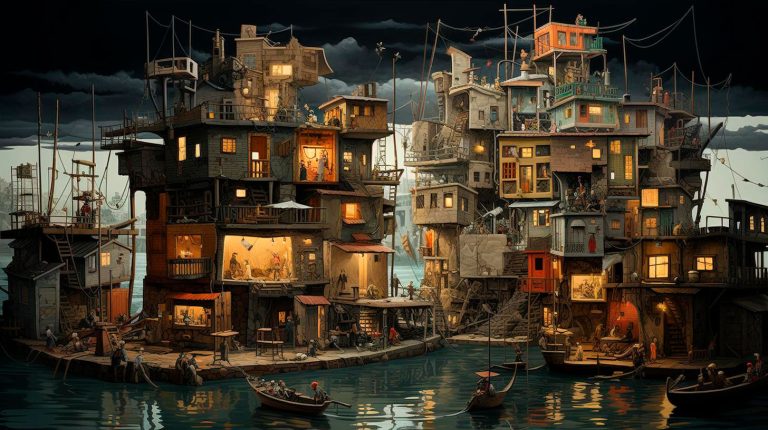Developed by Louis Daguerre and introduced to the world in 1839, the daguerreotype revolutionized the way we capture and preserve images. In this article, we will delve into the fascinating world of daguerreotypes, exploring its process, advantages, and lasting impact on the realm of photography.
The Daguerreotype Process: A Glimpse into the Past
To truly appreciate the significance of daguerreotypes, it’s essential to understand the process behind creating these remarkable images. Here’s a step-by-step breakdown of how the daguerreotype process worked:
- Polishing: A silver-plated copper plate was meticulously polished to attain a mirror-like finish, creating a highly reflective surface for the image.
- Sensitization: The prepared plate was exposed to iodine vapors to create a light-sensitive layer of silver iodide on its surface.
- Exposure: The sensitized plate was then placed inside a camera and exposed to the subject for an extended period, typically ranging from a few seconds to several minutes.
- Development: After exposure, the plate was developed in a darkroom using a mercury vapor process. Mercury particles would attach to the exposed silver iodide, creating a visible image.
- Fixing: To prevent further darkening of the image, the plate was immersed in a solution of common salt to remove any remaining traces of light-sensitive chemicals.
- Protection: Finally, the image was sealed with a glass cover and placed in a protective case to ensure its longevity.
The Advantages of Daguerreotypes
While the daguerreotype process may seem intricate and time-consuming by today’s standards, it offered numerous advantages over previous photographic techniques. Here are some key advantages of daguerreotypes:
- Unmatched Detail: Daguerreotypes produced incredibly sharp and detailed images, capturing even the finest intricacies.
- Durability: Thanks to the protective glass cover and sturdy casing, daguerreotypes could withstand the test of time, preserving moments for generations to come.
- Unique One-of-a-Kind Images: Each daguerreotype was a unique piece, as the process did not allow for easy replication or mass production. This exclusivity added value to these early photographs.
- Direct Positive Image: Unlike earlier negatives that required additional steps to produce a positive print, daguerreotypes delivered a direct positive image, eliminating the need for multiple processes.
The Lasting Impact of Daguerreotypes
The introduction of daguerreotypes had a profound impact on the world of photography and beyond. Here are some key takeaways of this groundbreaking photographic process:
- Democratizing Photography: The affordability and accessibility of daguerreotypes meant that people from various walks of life could now afford to have their portraits taken—a luxury previously reserved for the elite.
- Historical Documentation: Daguerreotypes played a vital role in capturing historical moments and people, providing an invaluable visual record for future generations.
- Artistic Expression: Many renowned artists embraced the daguerreotype, pushing the boundaries of this nascent medium and exploring its artistic potential.
- Precursor to Modern Photography: The daguerreotype laid the foundation for subsequent advancements in photography, paving the way for the development of film, digital cameras, and other photographic technologies.
Conclusion: Unveiling a Photographic Revolution
The invention of the daguerreotype heralded a new era in the history of photography, forever changing how we see and document the world. Gone were the days of lengthy painting sessions to capture a likeness—instead, the daguerreotype brought a newfound speed and precision to the art of image-making. Its remarkable image quality, durability, and accessibility ensured its lasting impact and helped shape the future of photography. Today, we owe much to the pioneering spirit and ingenuity of Louis Daguerre, whose invention continues to inspire and captivate both photographers and enthusiasts alike.



















+ There are no comments
Add yours